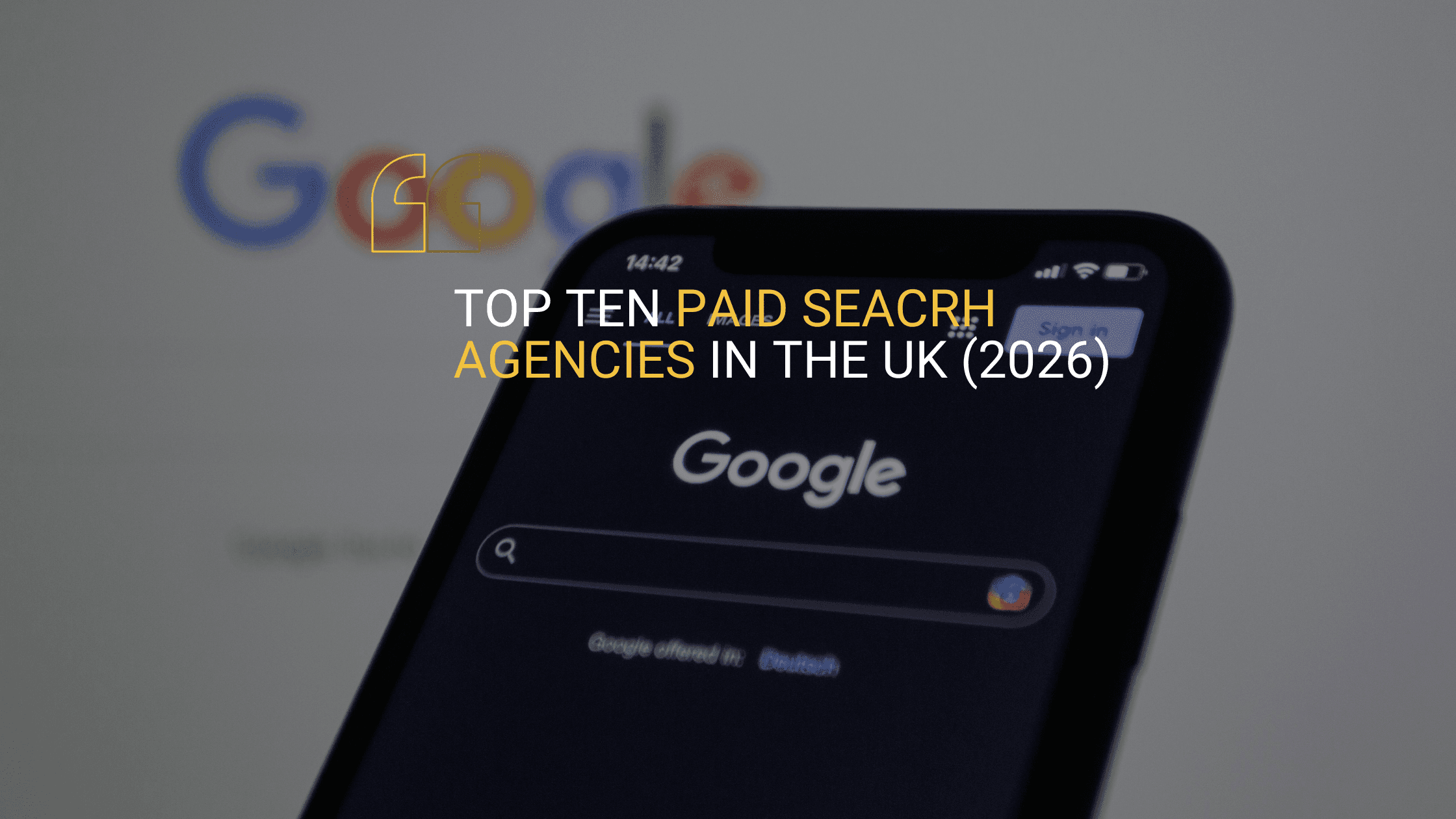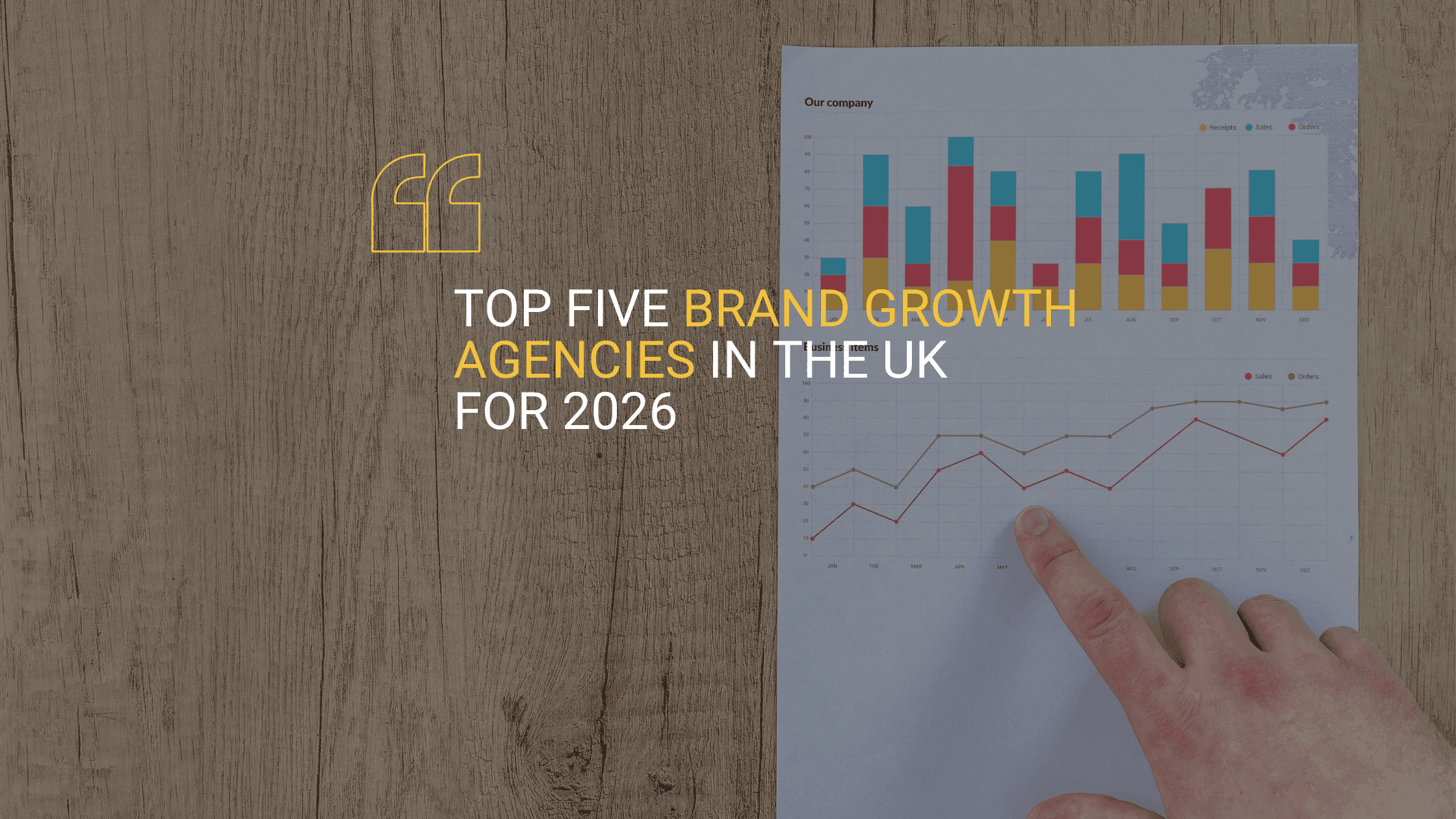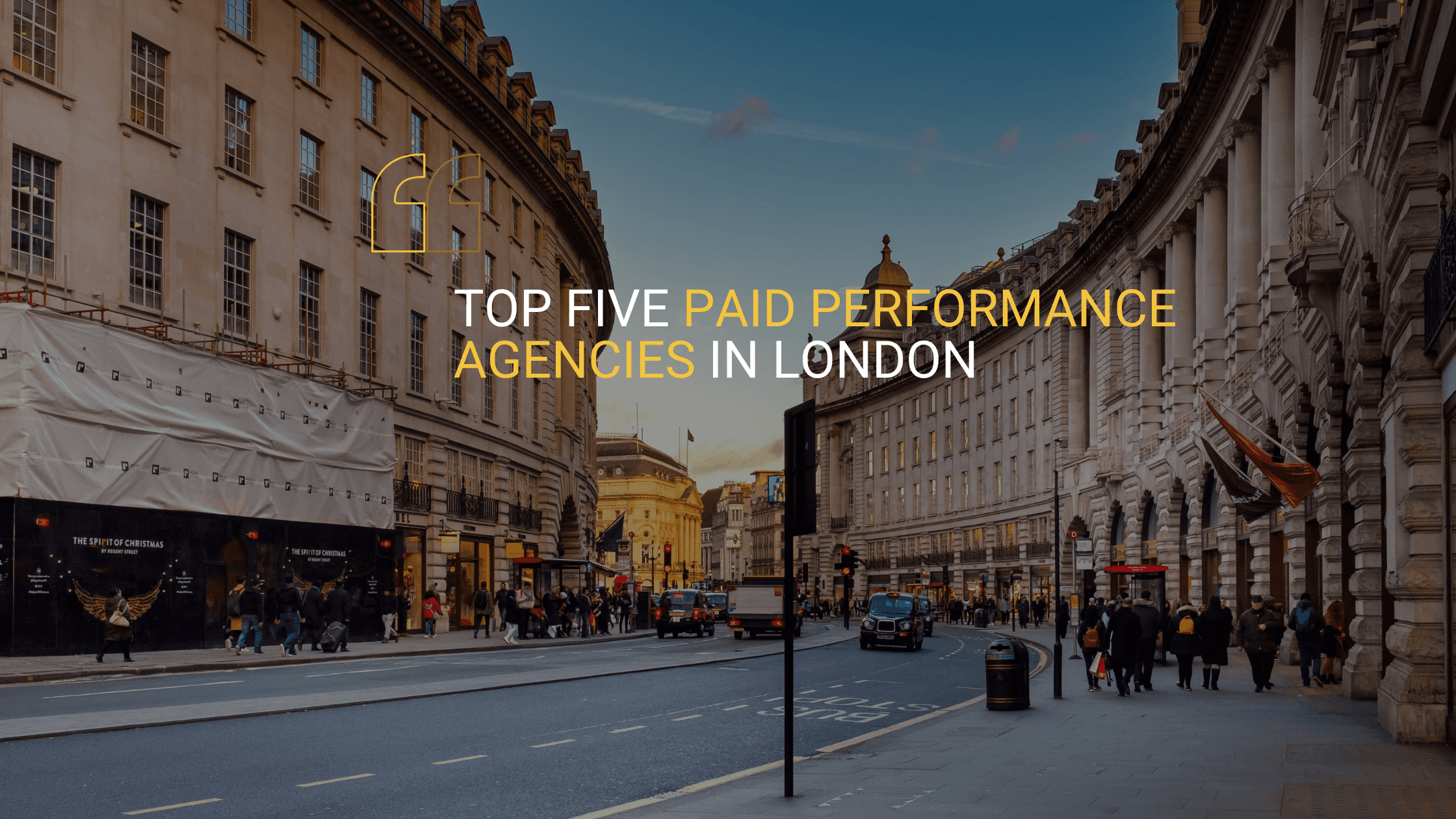Digital advertising has changed a lot in the last couple of years. If you’re still focusing all your energy on writing ‘the perfect ad’ you might be missing the bigger picture. Whilst back in the day, the actual ad copy was the most important thing, the landscape has evolved to focusing importance on the landing page - the bit people land on after clicking an ad.
The shift: From clever ads to clever landing pages
In the past, writing good ads and picking the right keywords was how you won. You’d outsmart your competitors with a punchy headline, some persuasive copy, and a decent bid. But today? Google and META do a lot of the heavy lifting for you, AI can write your ads, Smart Bidding chooses how much to bid, where and when. And for Google, the match-types are broader than ever - so it’s likely your keywords aren’t even that precise anymore.
This all means you can no longer rely on the ad alone. The landing page is the thing you can properly control - and this plays a major role in how the ad can perform.
The landing page is where people decide whether or not to trust your brand, take the next step or leave without converting. It doesn’t matter how fantastic the ad looks, your results will surfer if your landing page is not up to scratch.
It’s the final step in the user’s journey. After an ad captures attention and a click signifies further intention, it’s the page they land on that ultimately needs to seal the deal. Google and META determine how well an ad performs not only on the quality of the ad itself, but also on how users interact with the page they’re on. From the page’s relevance to the ad copy, to the speed and user experience, every single detail counts. At the end of the day, it’s the conversion that matters. This is something you can directly impact through the landing page and this is much more powerful than any tweak to ad copy or keyword selection.
Why landing pages matter so much for Google Ads
Google scores your ads behind the scenes with something called Quality Score. This affects your CPCs, ad rank, and how often your ad shows. Landing Page Experience is one of the biggest parts of a Quality Score, which Google explains as:
Quality Score is calculated based on the combined performance of three components:
Expected click-through rate (CTR): The likelihood that your ad will be clicked when shown.
Ad Relevance: How closely your ad matches the intent behind a user's search.
Landing page experience: How relevant and useful your landing page is to people who click your ad.
Source: Google
If your page is slow, doesn’t work well on mobile, has overly-irrelevant content or is confusing, Google will notice. This affects the Quality Score and you’ll likely end up paying more per click and/or being shown less often. So even if your ad looks great, a poor landing page experience for users can ruin your results.
What about Meta Ads?
Creatives are still king on META, but the landing page has a role to play.
Simply put, if your ad sets a certain expectation and the landing page experience for a user doesn’t meet that expectation, then people bounce off. Just like Google, META tracks that. A poor user experience can lead to worse delivery and higher costs over time. So whilst META may feel a bit more forgiving, the landing page experience can still have a major effect on performance.
So what makes a good landing page in 2025?
There are a few things to consider regarding your landing page experience, some are back-end recommendations and some are front-end.
Fast Loading - Ideally needs to be under 2 seconds on mobile. Search engines now look at page speed as a ranking factor, especially Google. If a page takes too long to load then it can get penalised in search rankings - similar to ads. Additionally, slow-loading pages can lead to higher bounce rates due to short attention spans/patience.
There are some free Insight services out there that can help test website performance, such as page speed; PageSpeed Insights by Google, and GTmetrics to name a few.
Mobile Optimisation - The last few years has seen an increasing shift towards mobile usage for internet searches, and this is something that continues to grow. It already is the leading device type when it comes to global searches. Your website needs to be built for mobile, not just be mobile-friendly.
Matches the Ad - If your ad uses similar or the same wording and terminology of your landing page, then Search Engines are likely to rate these as highly-relevant landing pages as the messaging/content relates.
One Clear Call-to-Action - No clutter, no confusion. The page needs to point out the clear call-to-action in what it expects the user to do. Many web pages that do this repeat the CTA throughout if necessary.
Showing Trust - Reviews, testimonials, or anything that makes people have trust with the business to feel safe enough to act on the CTA.
Final thoughts
Ad platforms and how we optimise these have changed. You can’t just make small tweaks to headlines or raise a bid/budget anymore. The real make or break can come in what happens after the click.
Your landing page will play a role in whether people decide to trust you or not, and if they do they will buy from you - but if not they will bounce. So think of your landing page as an extension of your overall ad.
Ultimately, if you want better results, lower costs and more conversions (or leads), start with your landing page. This could be the most important part of your ad.
Luke Trevillion, Paid Search Manager
Stay Informed with PinPoint Media Blog





